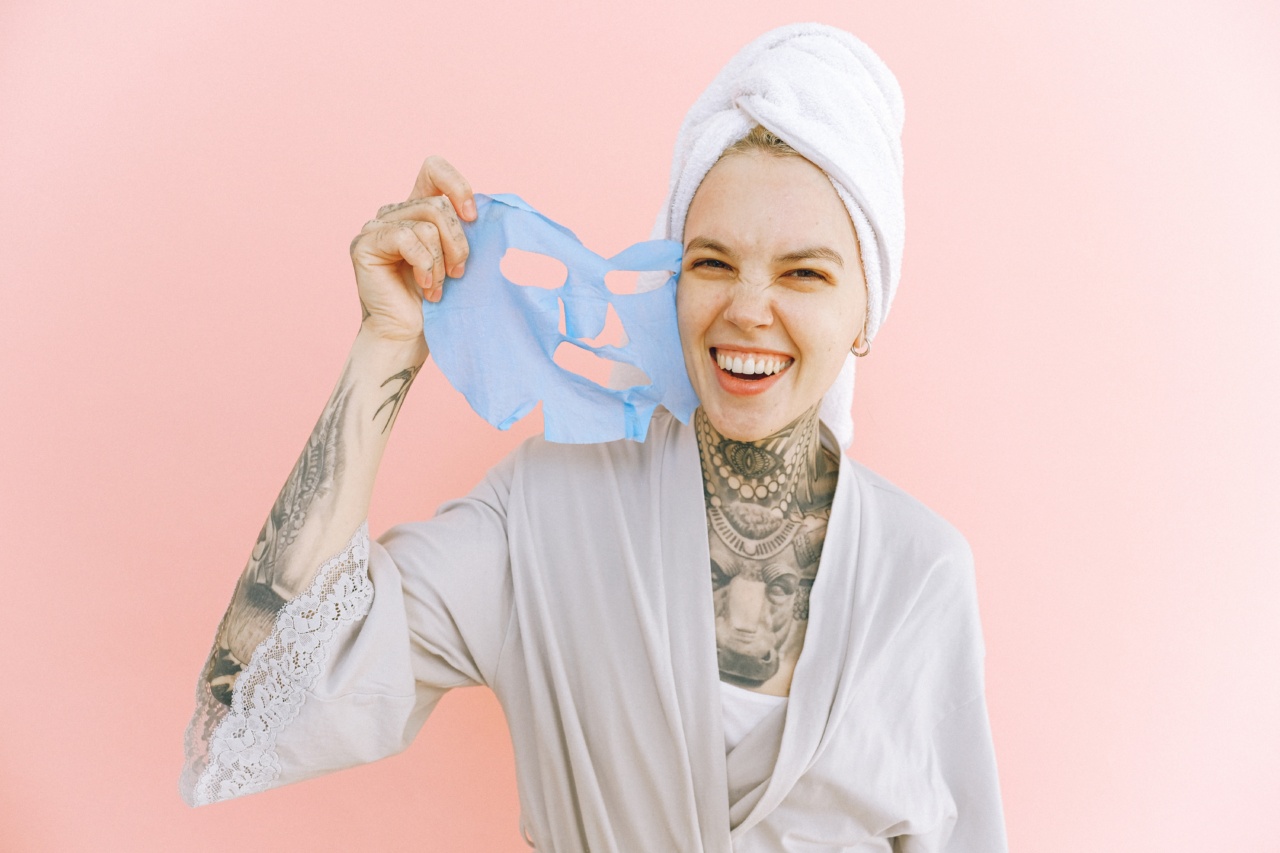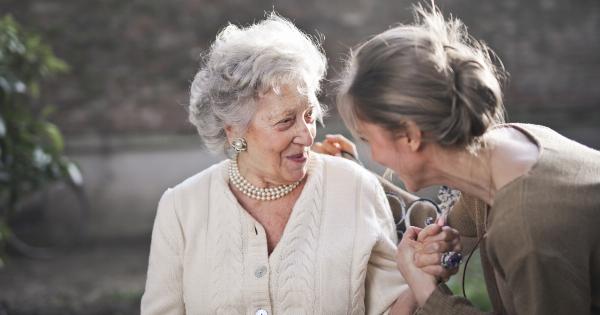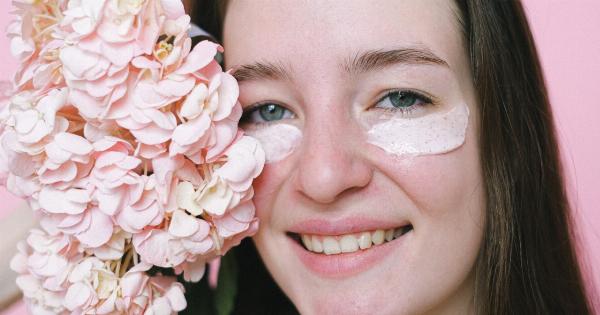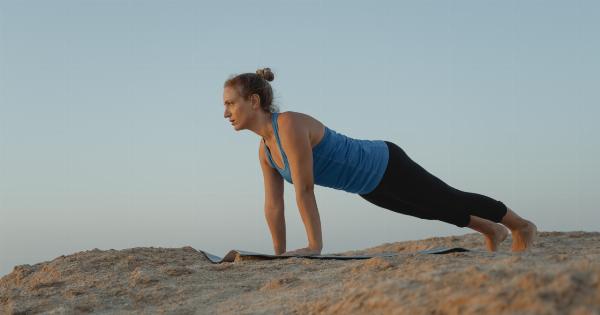Botox has become increasingly popular over the years as a quick, non-surgical solution to minimize the appearance of wrinkles and fine lines on the face. However, Botox is not just a simple injection that erases wrinkles.
It’s an art form that requires skill, knowledge, and a deep understanding of facial anatomy.
The Science Behind Botox
Botox is a neurotoxin derived from the bacterium Clostridium botulinum. It works by blocking the release of acetylcholine, a neurotransmitter that sends signals from the nerve cells to the muscles.
By doing so, it prevents the muscles from contracting, which in turn relaxes them and smooths out wrinkles and fine lines on the skin’s surface.
The Art of Facial Sculpting
Botox is not just about injecting the solution into the desired area. A skilled Botox practitioner understands that each face is unique and requires a tailored approach to achieve optimal results.
Facial sculpting with Botox involves using the solution strategically to lift, sculpt, and contour the face, creating a more youthful and refreshed appearance.
The Benefits of Facial Sculpting with Botox
Facial sculpting with Botox offers many benefits, including:.
- Non-surgical solution: Botox is a non-surgical procedure that requires no downtime, making it a convenient option for those with busy lifestyles.
- Quick results: Botox is known for its ability to produce quick and noticeable results, with most patients seeing improvement within a few days.
- Natural-looking results: With the right technique and skill, Botox can create natural-looking results that enhance facial features without looking overdone.
- Long-lasting results: Botox results can last up to four months, and with regular treatments, can help prevent the formation of new wrinkles and fine lines.
The Different Techniques of Facial Sculpting with Botox
Facial sculpting with Botox involves several techniques to target specific areas of the face. Here are some of the most common techniques:.
Forehead Lines
The forehead is a common area for wrinkles and fine lines to develop, and Botox is an effective way to address these issues.
A skilled Botox practitioner will inject the solution strategically to create a natural-looking lift, smoothing out wrinkles and reducing the appearance of fine lines on the forehead.
Crows Feet
Crows feet are the wrinkles that develop around the outer corners of the eyes. To address this area, a Botox practitioner will inject the solution into the muscles around the eyes, relaxing them and reducing the appearance of fine lines.
Glabella Lines
Glabella lines are the vertical frown lines that develop between the eyebrows.
Using Botox to address these lines involves injecting the solution into the muscles between the eyebrows, relaxing them and smoothing out wrinkles and fine lines in this area.
Brow Lift
Botox can also be used to create a brow lift, which can help open up the eyes and create a more youthful and refreshed appearance.
This technique involves strategically injecting the solution into the muscles above the eyebrows, lifting and sculpting them to create a subtle lift.
Downturned Mouth
A downturned mouth can make a person look sad or angry, even when they’re not. Botox can be used to relax the muscles around the mouth, lifting them and creating a more pleasant and approachable appearance.
Choosing the Right Botox Practitioner
Choosing the right Botox practitioner is crucial for achieving the best results.
It’s important to find someone who has a deep understanding of facial anatomy, a keen eye for aesthetic detail, and a demonstrated track record of success with Botox treatments. When looking for a Botox practitioner, be sure to do your research and read reviews from past patients.
In Conclusion
Botox is not just a simple injection. It’s an art form that requires skill, knowledge, and a deep understanding of facial anatomy.
By utilizing the different techniques of facial sculpting, a skilled Botox practitioner can create a more youthful and refreshed appearance that looks natural and enhances the patient’s unique facial features.































